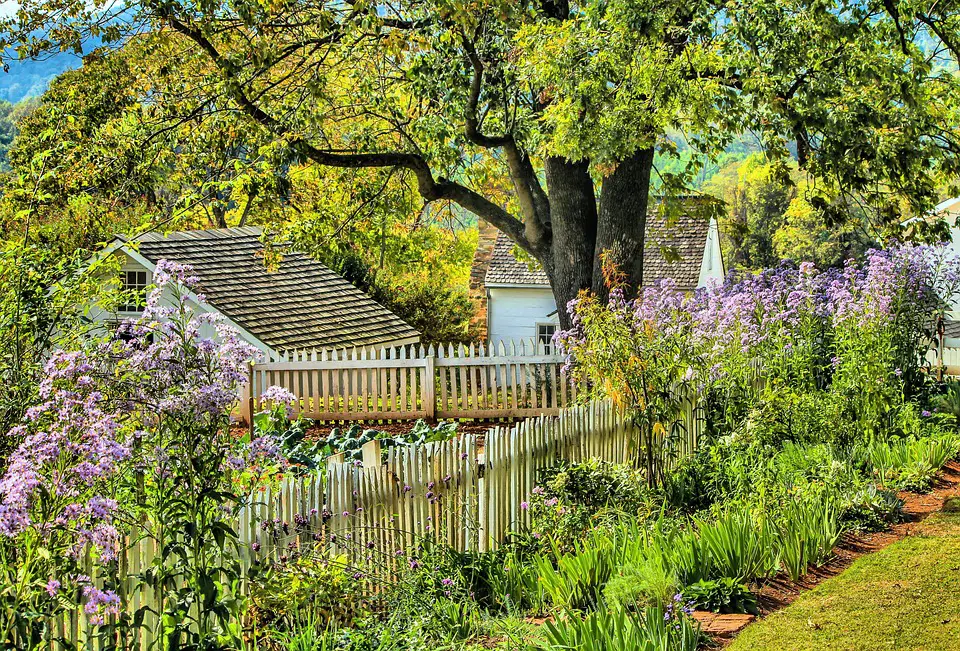When it comes to designing a beautiful and functional outdoor space, hardscaping plays a crucial role in creating structure and organization. Incorporating paths, walls, and structures into your garden not only enhances the overall aesthetic appeal but also adds practical elements that can improve the usability of your outdoor space. In this article, we will discuss the essentials of hardscaping and how you can incorporate paths, walls, and structures into your garden to create a visually stunning and functional outdoor oasis.
The Benefits of Hardscaping
Hardscaping refers to the non-living elements of a landscape design, including paths, walls, and structures made from materials such as stone, concrete, or wood. There are several key benefits to incorporating hardscaping into your garden:
1. Define Spaces
Paths, walls, and structures can be used to define different areas of your garden, creating distinct spaces for relaxing, entertaining, or gardening.
2. Improve Accessibility
Paths provide a stable and accessible surface for walking through your garden, making it easier to navigate and enjoy all corners of your outdoor space.
3. Add Visual Interest
Hardscaping elements add texture, color, and visual interest to your garden, creating focal points and enhancing the overall aesthetic appeal.
Incorporating Paths into Your Garden
Paths are an essential hardscaping element that not only provide functional benefits but also contribute to the overall design and layout of your garden. When designing paths, consider the following factors:
Materials
Choose materials that complement the style of your garden, such as natural stone for a rustic look or pavers for a more contemporary feel.
Layout
Consider the flow of your garden and how paths can connect different areas, such as a patio, flower beds, or vegetable garden.
Maintenance
Ensure that paths are easy to maintain by choosing materials that are durable and require minimal upkeep, such as gravel or concrete.
Building Walls in Your Garden
Walls are another important hardscaping element that can serve both functional and aesthetic purposes in your garden. When incorporating walls into your garden design, keep the following considerations in mind:
Height
Determine the height of walls based on their purpose, whether for retaining soil, creating privacy, or defining boundaries within your garden.
Materials
Choose materials that are durable and weather-resistant, such as stone or brick, to ensure longevity and visual appeal.
Design
Consider incorporating decorative elements such as planters, lighting, or architectural details to enhance the visual impact of walls in your garden.
Adding Structures to Your Garden
Structures such as pergolas, arbors, and trellises can add vertical interest and create focal points in your garden design. When adding structures to your garden, consider the following tips:
Placement
Place structures strategically to provide shade, support climbing plants, or create a sense of enclosure within your garden.
Style
Choose structures that complement the overall style of your garden, whether traditional, modern, or eclectic, to create a cohesive design theme.
Maintenance
Consider the maintenance requirements of structures, such as painting or staining, and choose materials that are easy to care for and long-lasting.
Key Takeaways
When incorporating paths, walls, and structures into your garden, consider the functional and aesthetic benefits of hardscaping elements. Choose materials, layouts, and designs that complement the style of your garden and enhance the overall beauty and usability of your outdoor space.
| Element | Benefits |
|---|---|
| Paths | Define spaces, improve accessibility, add visual interest |
| Walls | Provide structure, create privacy, add visual appeal |
| Structures | Add vertical interest, create focal points, support climbing plants |
Conclusion
Incorporating paths, walls, and structures into your garden can elevate the design and functionality of your outdoor space. By following key design considerations and choosing materials that complement your garden’s style, you can create a visually stunning and practical oasis that enhances your enjoyment of your outdoor living area.
Frequently Asked Questions
1. What materials are best for garden paths?
Materials such as natural stone, pavers, gravel, and concrete are all popular choices for garden paths, depending on the style and maintenance requirements of your garden.
2. How tall should garden walls be?
The height of garden walls will depend on their purpose, but generally, walls for retaining soil or creating privacy should be at least 18 inches tall.
3. What structures can I add to my garden?
Structures such as pergolas, arbors, trellises, and garden benches can all add visual interest and functionality to your garden design.
4. How do I maintain hardscaping elements in my garden?
Maintain paths, walls, and structures by regularly cleaning, repairing any damage, and applying protective coatings or sealants as needed.
5. Can I incorporate hardscaping into a small garden?
Absolutely! Paths, walls, and structures can be scaled to fit any size garden, adding interest and functionality to even the smallest outdoor spaces.
6. What is the difference between a pergola and an arbor?
A pergola is a larger structure with open sides and a roof, while an arbor is typically smaller and may have a lattice or trellis top for climbing plants to grow on.
7. Are there eco-friendly hardscaping materials available?
Yes, materials such as recycled pavers, permeable concrete, and reclaimed wood can all be used to create sustainable hardscaping elements in your garden.
8. How can lighting be incorporated into hardscaping design?
Lighting can be used to highlight paths, walls, and structures, creating a dramatic effect at night and extending the use of your outdoor space into the evening hours.
9. Can hardscaping add value to my property?
Well-designed hardscaping elements can enhance the curb appeal and functionality of your property, potentially increasing its value and appeal to potential buyers.
10. Do I need a professional designer to incorporate hardscaping into my garden?
While consulting with a professional designer can ensure a cohesive and well-planned hardscaping design, many homeowners are able to create beautiful and functional outdoor spaces on their own with careful planning and research.
